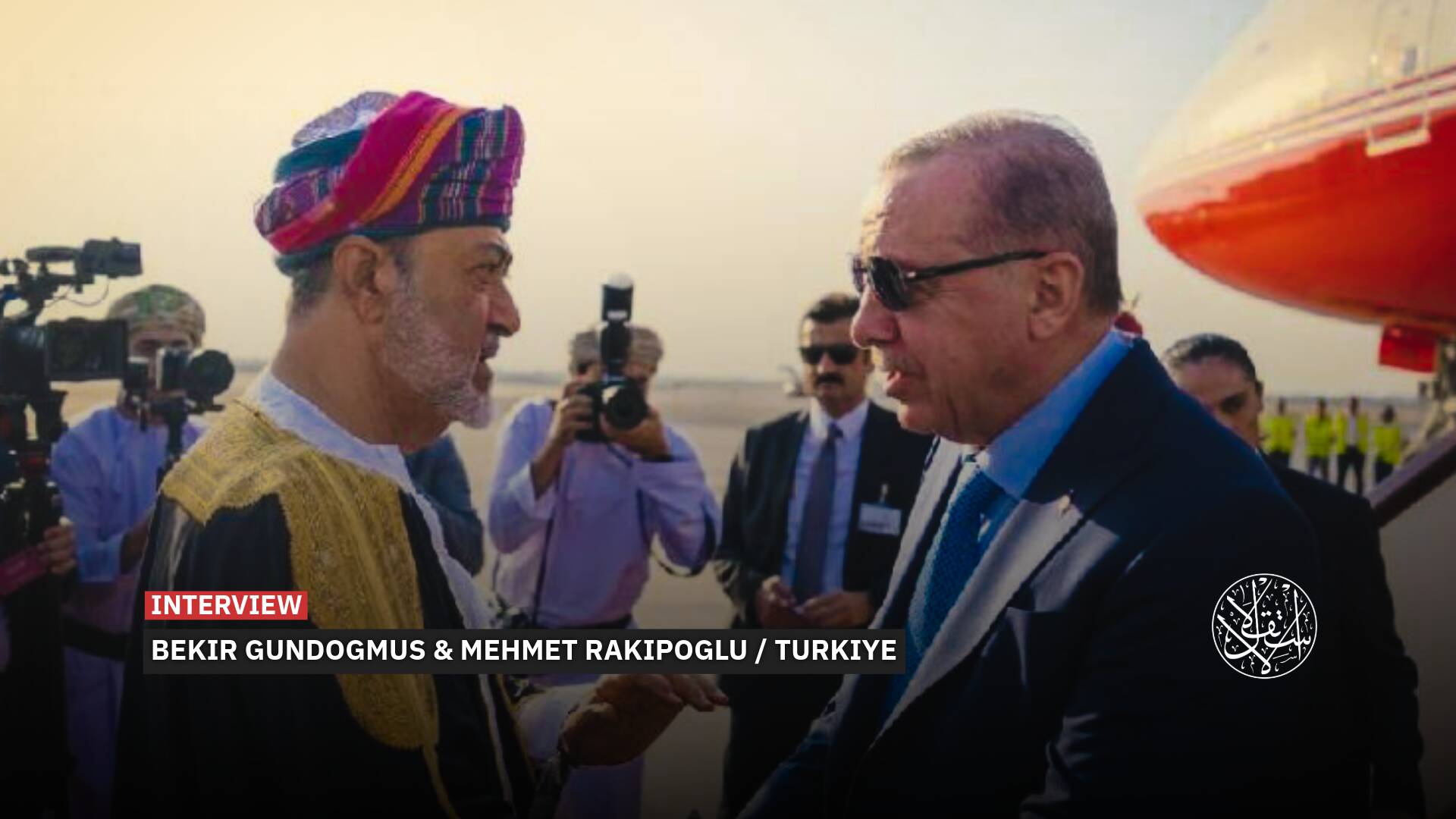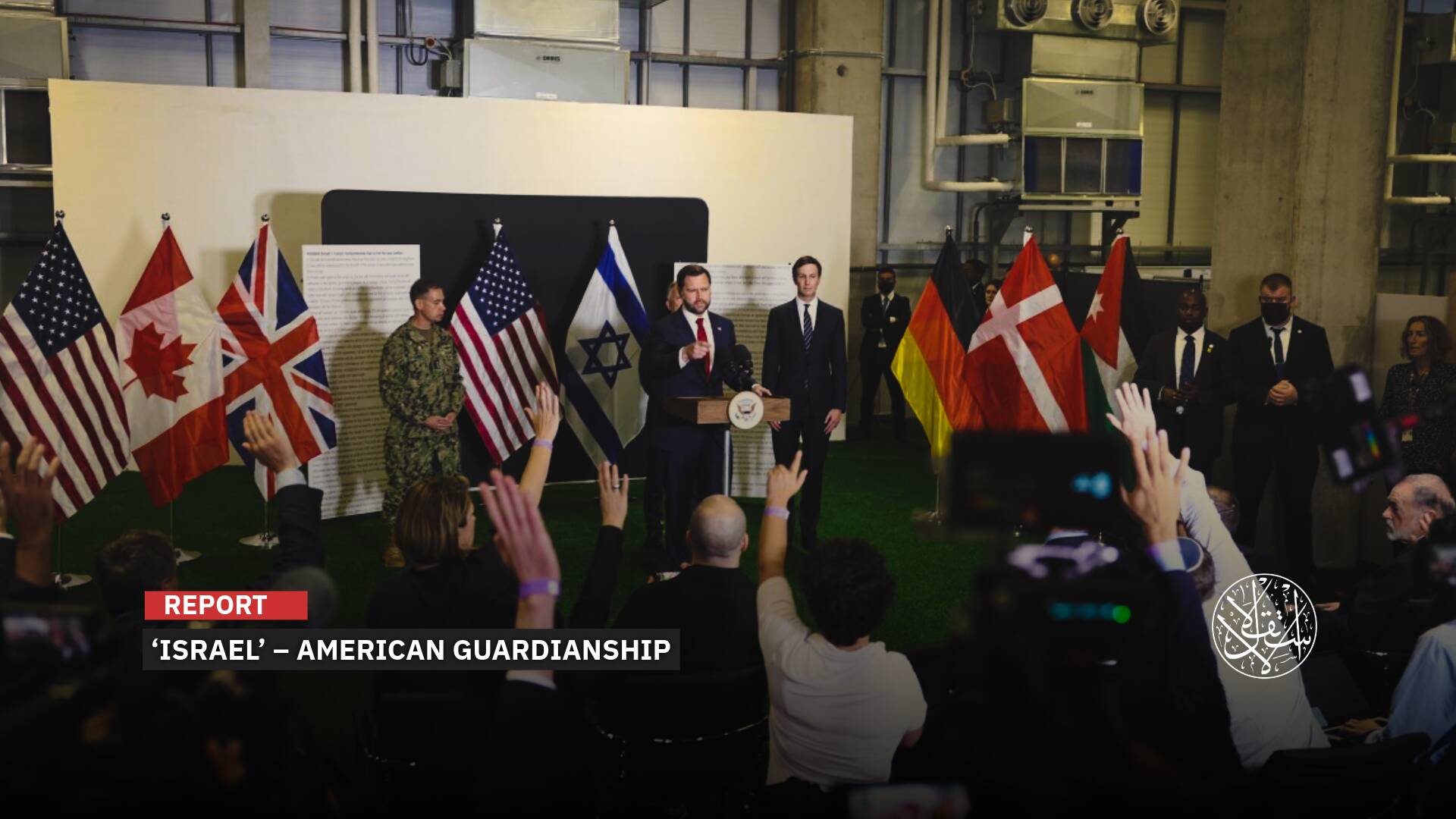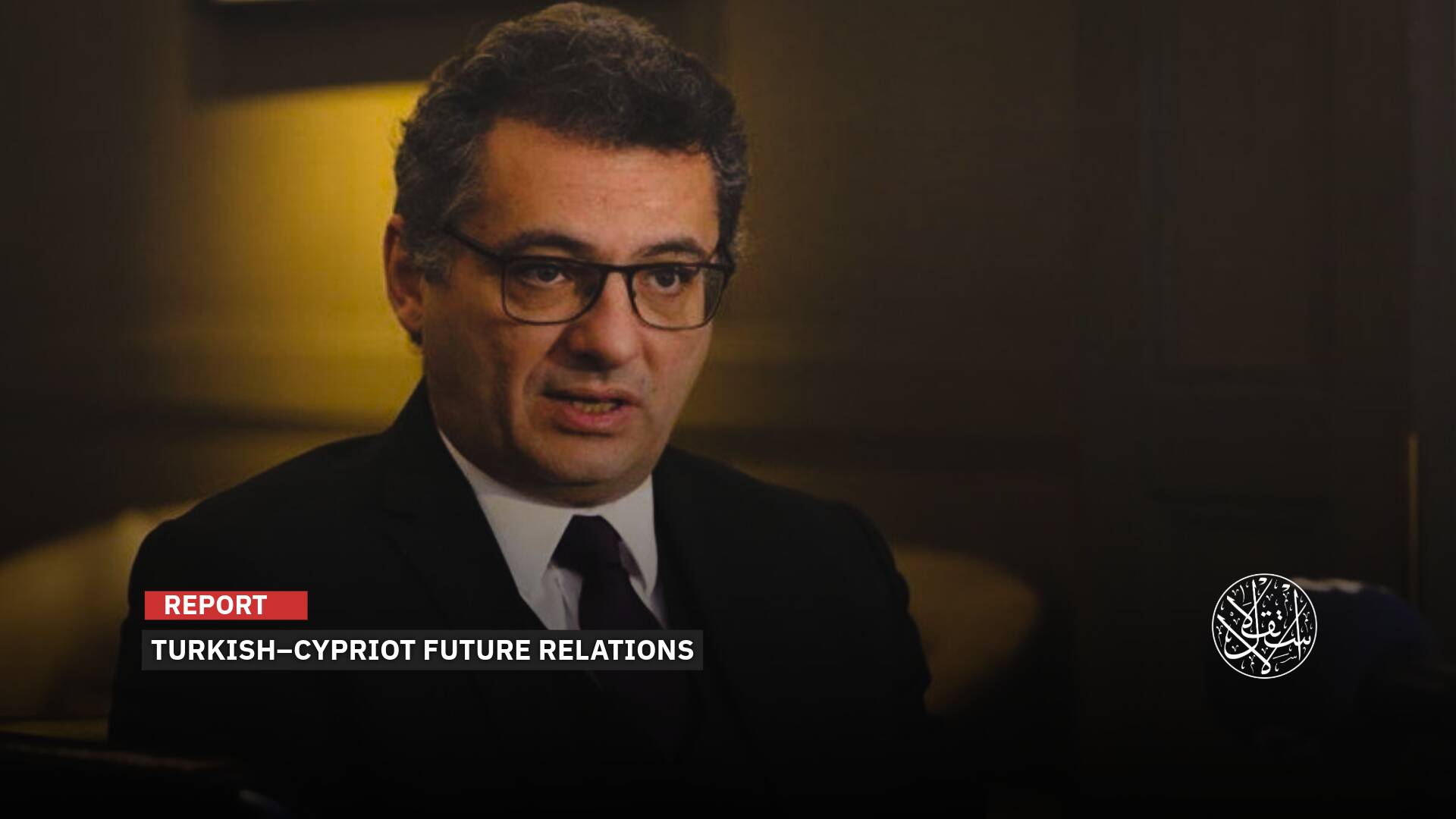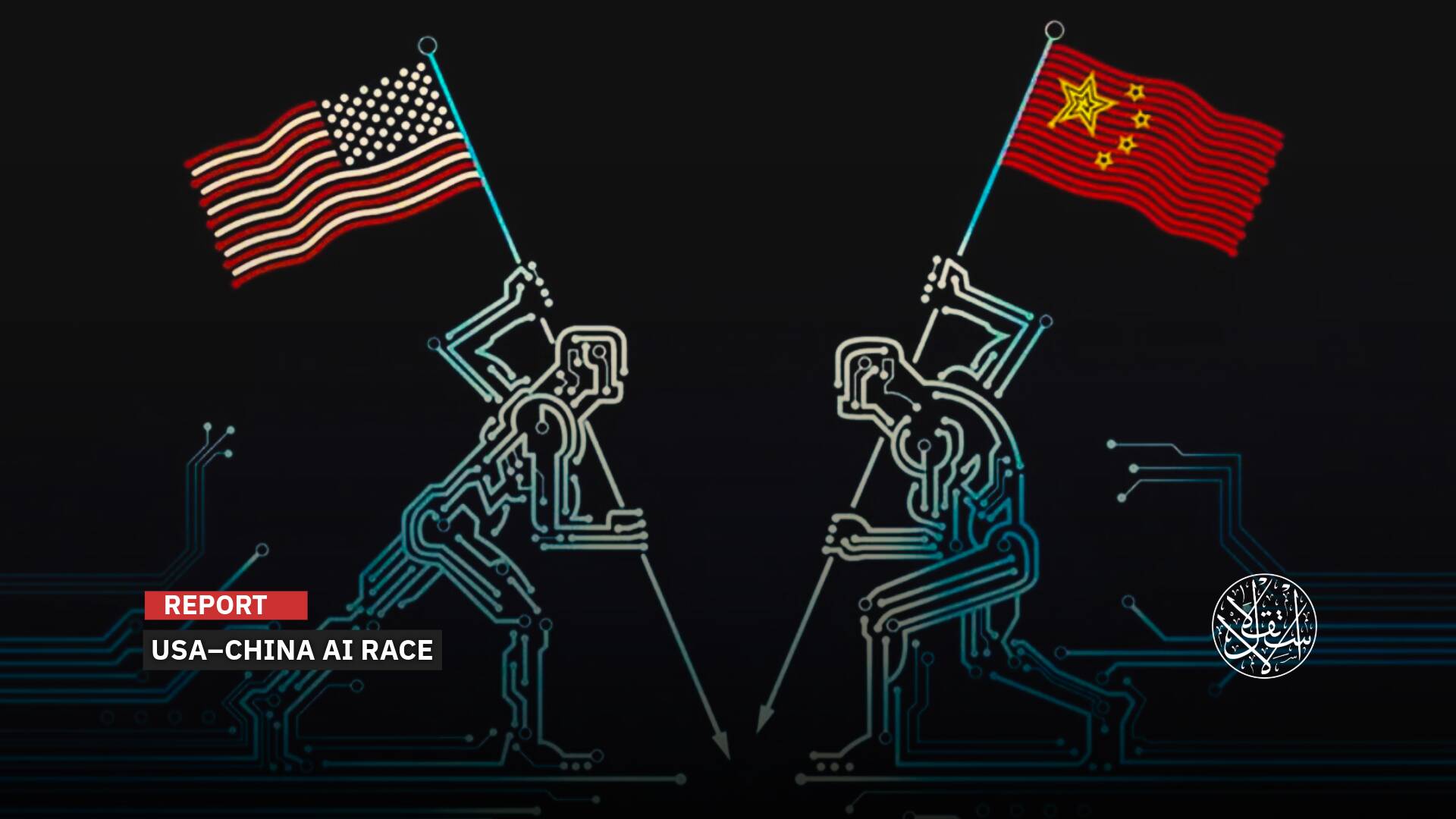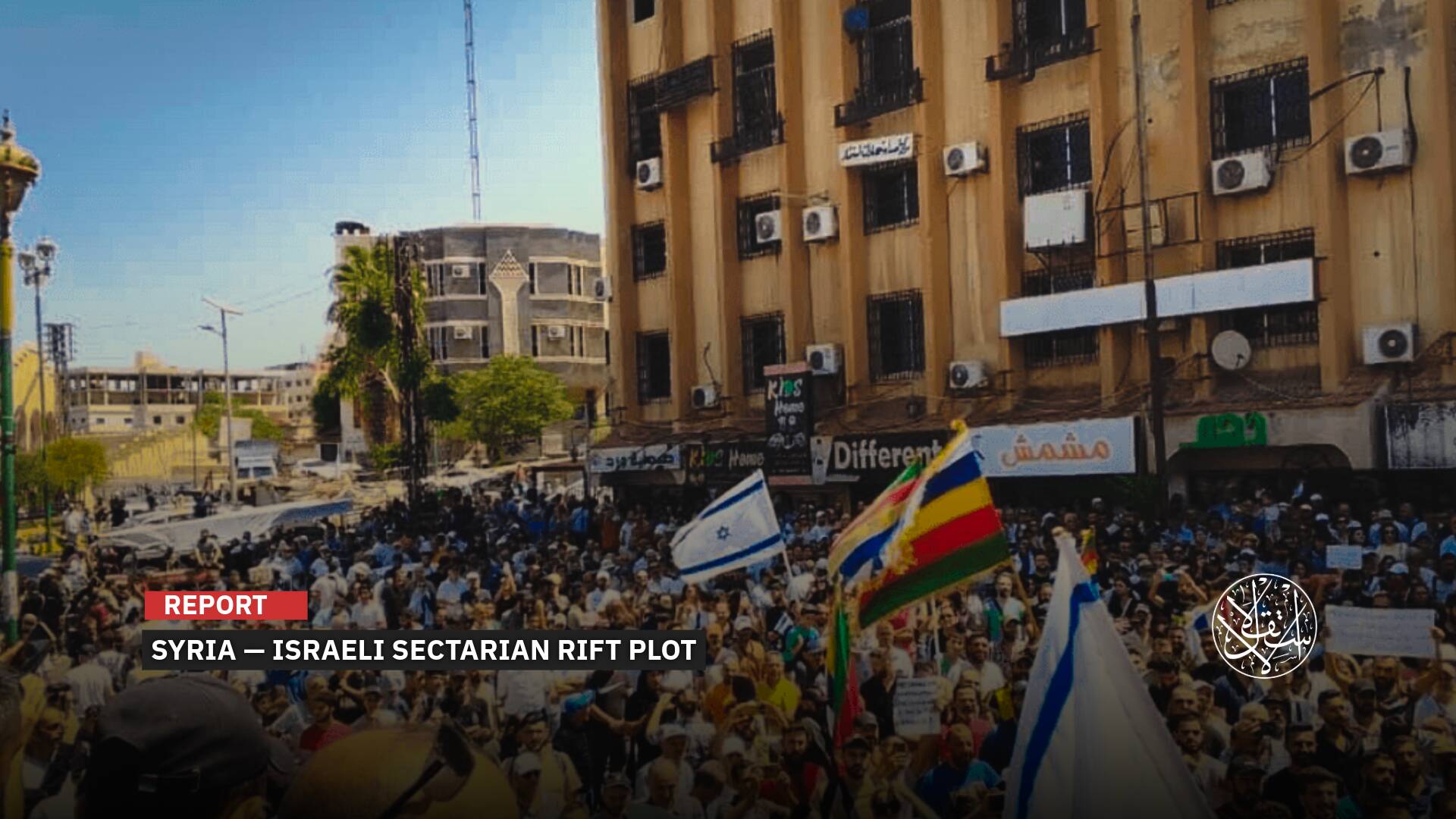Shadow of War: Why Fears of a Hezbollah–'Israel' Confrontation Are Resurfacing?

“Israel” renews threats of war in bid to block Hezbollah’s growing foothold.
Lebanon remains on a knife-edge, amid growing signs that a new confrontation between Hezbollah and “Israel” could be looming, as both sides appear to be engaged in a form of mutual “military warm-up.”
In a fresh escalation in rhetoric, Hezbollah’s deputy secretary general, Sheikh Naim Qassem, said the group was “ready to defend itself, but not ready to start a war.”
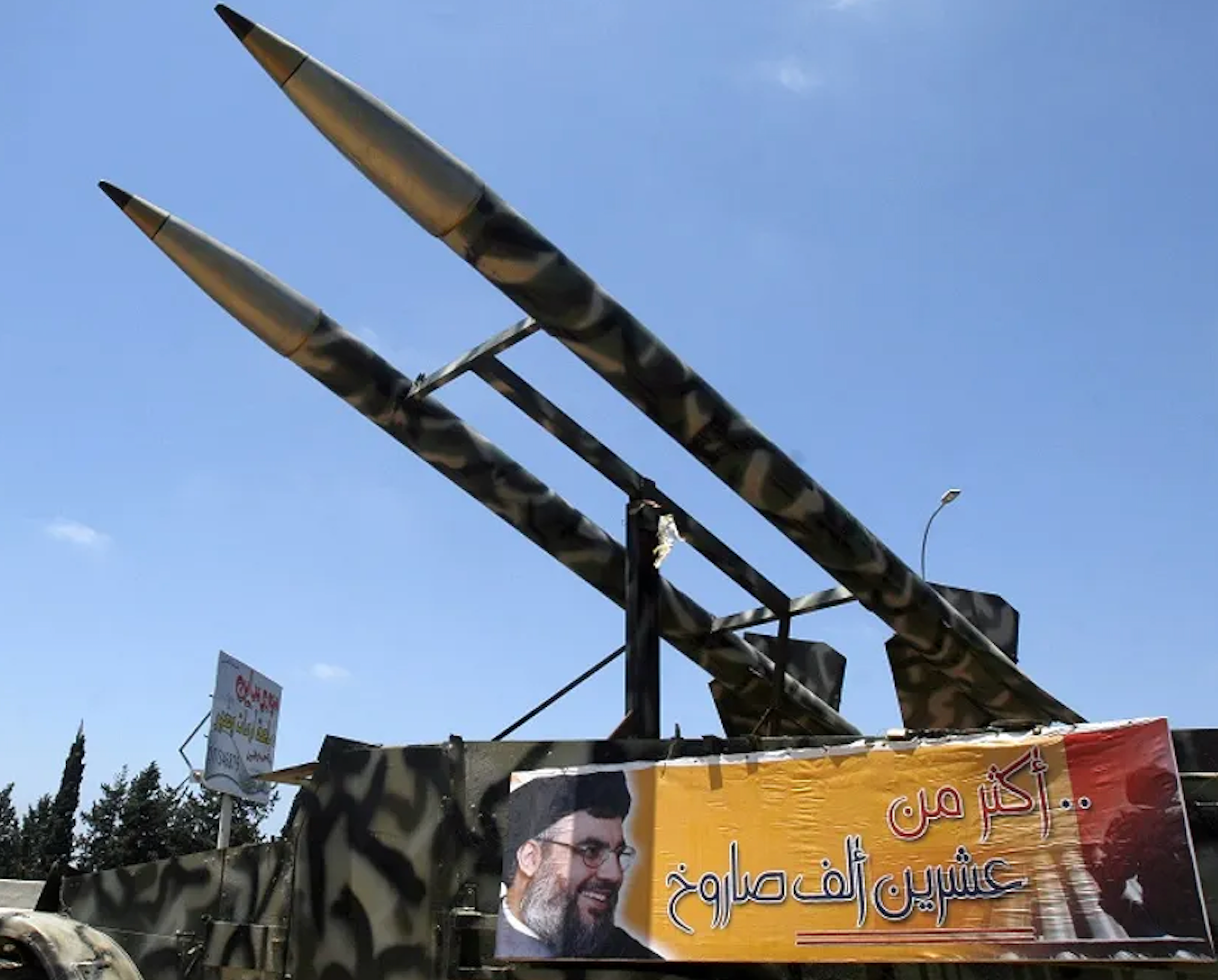
Political Escalation
Hezbollah’s deputy secretary general, Sheikh Naim Qassem, said in an interview with the party’s al-Manar TV, published on October 26, 2025, that the group was “ready to defend itself, but not ready to start a war.” He added, “If a battle is forced upon us, even if all we have is a stick, we will not allow the Israeli to pass. We will fight him, even if not a single man or woman remains.”
Commenting on the intensified Israeli bombardment of Lebanon, Qassem said “Israel” was escalating “because there is an American–Israeli decision that this military pressure might achieve politically what Israel failed to achieve through war.”
Meanwhile, the Hebrew daily Maariv reported on October 27, 2025, that military analyst Avi Ashkenazi said the Israeli Occupation Forces were concentrating its attacks on Hezbollah, which has once again become “Tel Aviv’s” primary target since the Gaza ceasefire on October 10.
Ashkenazi noted that the Israeli Occupation Forces had carried out its largest training drill along the Lebanese border, conducted by the 91st Division during the last week of October.
He suggested that Hezbollah might strike military positions in the occupied Shebaa Farms, attempt to reclaim settlements such as Avivim, Yaaron and Hanita, or launch rocket attacks deep inside “Israel.”
In a related development, Israel’s public broadcaster reported on October 27 that Hezbollah had smuggled hundreds of rockets from Syria into Lebanon in recent months, adding that the Israeli Occupation Forces had managed to intercept only part of these shipments.
The broadcaster quoted Israeli officials as saying that “Tel Aviv” had informed Washington of its need to continue military operations in Lebanon, citing the growing smuggling of weapons from Syrian territory. They said such activities posed “a direct threat to Israel’s security.”
As the deadline set by the United States to disarm Hezbollah by the end of 2025 approaches, the group continues to reject international pressure, announcing that it has raised its state of alert in preparation for any developments, including the possibility of a renewed confrontation.
It appeared that the Lebanese government’s decision, issued in August 2025, to disarm Hezbollah before the end of the year and to have the army implement a five-phase plan for the collection of weapons, was practically unenforceable, according to observers.
By contrast, “Israel’s” repeated strikes in recent weeks, targeting Hezbollah positions including command centers, fighters and field commanders, have not prevented the group from rebuilding its capabilities, according to security assessments.
“Israel” had launched a strike on Lebanon on October 8, 2023, which escalated into a full-scale war on September 23, 2024, leaving more than 4,000 people dead and around 17,000 wounded.
A ceasefire agreement between Hezbollah and “Israel” came into effect on November 27, 2024, yet “Tel Aviv” has violated it more than 3,000 times, resulting in the deaths of 262 people and injuries to 563 others, according to official data.
In defiance of the agreement, the Israeli Occupation Forces carried out a partial withdrawal from southern Lebanon, but it continues to occupy five Lebanese hills captured during the last war.
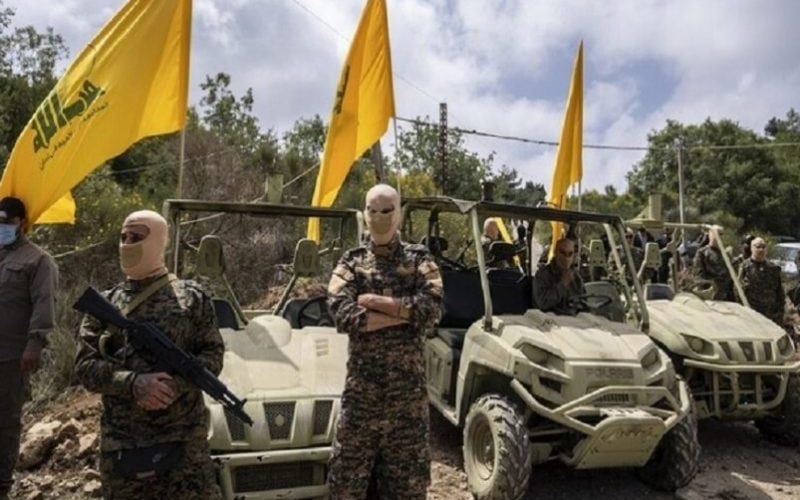
Relentless Strikes
“Israel” continues to carry out repeated airstrikes on Lebanon, which have killed Hezbollah fighters and civilians on a near-daily basis despite the ongoing ceasefire, in what appears to be an attempt to pressure the Lebanese government to push the army into disarming the group, which has firmly rejected any move to relinquish its weapons.
Between early October 2025 and October 27, the Israeli raids left 23 people dead, according to figures from Lebanon’s Ministry of Health.
On October 26, the Israeli Occupation Forces announced that it had carried out a drone strike on the town of Nabi Sheet in the eastern Beqaa region, killing Ali Hussein al-Musawi, whom it described as “a Hezbollah arms smuggler.”
On the same day, another Hezbollah official, Abdel Mahmoud Sayyed, was assassinated in a drone strike targeting the town of Naqoura, where he served as the party’s local representative in the Bayyada area of southern Lebanon.
According to media reports, Ali Hussein al-Musawi was a member of Iran’s Islamic Revolutionary Guard Corps. He studied medicine in Tehran and held a senior position among Hezbollah’s top officials during the group’s military operations in the Syrian war, before returning to Lebanon following the fall of Bashar al-Assad’s regime to take on security and military responsibilities in the Beqaa region.
Al-Musawi’s assassination followed four other killings of Hezbollah field commanders in October 2025, including Zayn al-Abidin Hussein Fatouni who, according to the Israeli Occupation Forces, served as a commander in the anti-tank missile unit of Hezbollah’s elite Radwan Force and had been “attempting to rebuild infrastructure in southern Lebanon.”
“Israel” has continued to threaten a new war in Lebanon under the pretext of preventing Hezbollah from reestablishing its presence, accessing damaged weapons depots and rebuilding its military strength, in an apparent effort to complicate the Lebanese government’s implementation of its part of the disarmament agreement.
The Israeli channel i24NEWS reported on October 27, 2025, that an unnamed Israeli official said, “We are approaching the point of decision regarding the execution of an operation in Lebanon.”
The Hebrew news site Walla reported on the same day that Hezbollah is cautiously preparing for a future war with “Israel,” adopting a calculated containment strategy in which tactical units along the border are sacrificed to preserve and strengthen the group’s forces in the interior.
The report added that the Israeli Occupation Forces, for its part, is using the “ceasefire” to consolidate its operational gains achieved during the most recent confrontation on the northern front.
https://s3.eu-west-3.amazonaws.com/alestiklal/gallery/2025/10/28/1882340278.webp
Unmet Objectives
In this context, Ammar Jallou, a researcher specializing in Iranian affairs, told Al-Estiklal that the statements made by Hezbollah’s deputy secretary general were based on internal, regional and international considerations, alongside the party’s propaganda strategy, which relies on a high-pitched rhetoric that blends strength with arrogance under the banner of resistance.
Jallou added, “On the Lebanese domestic front, there is a major deadlock regarding the dismantling of Hezbollah’s weapons, a contentious issue between the Lebanese government and the group that remains the subject of continuous debate and disagreement.”
“Externally, there is clear support for Hezbollah’s stance rejecting disarmament, which hinders the government’s efforts in this regard, or at least, eases international pressure on it, particularly as the government has sought to persuade the group to hand over its heavy and medium weaponry,” Jallou added.
“Regional and international pressure on Lebanon increases the likelihood of dismantling Hezbollah’s military infrastructure across all Lebanese territories, both in the south and the north.”
However, he cautioned that “Israel’s repeated attacks on southern Lebanon constitute clear violations of the ceasefire agreement, reflecting the ongoing state of tension and the open-ended conflict between Hezbollah and Israel.”
According to Jallou, “Israel has not achieved all of its objectives in southern Lebanon and continues to hold positions it considers strategic. Its near-daily airstrikes strengthen Hezbollah’s narrative that retaining its weapons is justified as a response to Israeli violations of the ceasefire.”
“Hezbollah therefore considers its refusal to surrender its arms or dismantle its military structure a proportional response to Israel’s breaches of the ceasefire.”
“The end of fighting in Gaza could refocus attention on Hezbollah, particularly since Israel has failed to achieve its goal of breaking the group’s morale, military capacity and security apparatus, in order to turn it into a purely political party.”
“The escalating rhetoric between Israel and Iran points to the possibility of a direct confrontation between the two sides. Everyone is preparing for an upcoming battle, and Hezbollah, as Iran’s proxy arm, will be part of that picture.”
“Hezbollah’s greatest loss in the last war stemmed from Iran’s decision not to use strategic weapons or precision missiles, which caused the group significant losses,” Jallou added.
“It appears that Tehran is recalibrating its strategy, making Hezbollah a forward shield for the next confrontation with Israel, or at least a military pressure card to be used when needed.”
“After the assassination of Hassan Nasrallah and the appointment of a commander from Iran’s Islamic Revolutionary Guard Corps to lead the group, Hezbollah has effectively become an Iranian political and military front.”
“These dynamics explain the recent escalation in Hezbollah’s rhetoric toward Israel, an escalation that could prove dangerous as it gives Israel a pretext to expand its military operations in southern Lebanon and beyond, paving the way for what could be seen as the final war following the events of October 7 inside Iranian territory.”
“While Iran had previously been careful to avoid expanding the conflict onto its own soil, the attacks that have now reached deep inside the country may push it to re-engage Hezbollah more forcefully in the next confrontation,” Jallou concluded.
Sources
- Sheikh Qassem to Al-Manar: The resistance is ready to defend and has a deterrent that will prevent the enemy from achieving its aims [Arabic]
- Israel kills five Hezbollah commanders in 24 hours: Who are they? [Arabic]
- Israel alleges Hezbollah smuggled hundreds of rockets from Syria into Lebanon [Arabic]
- Military analyst: Hezbollah has once again become Israel’s top target [Arabic]



